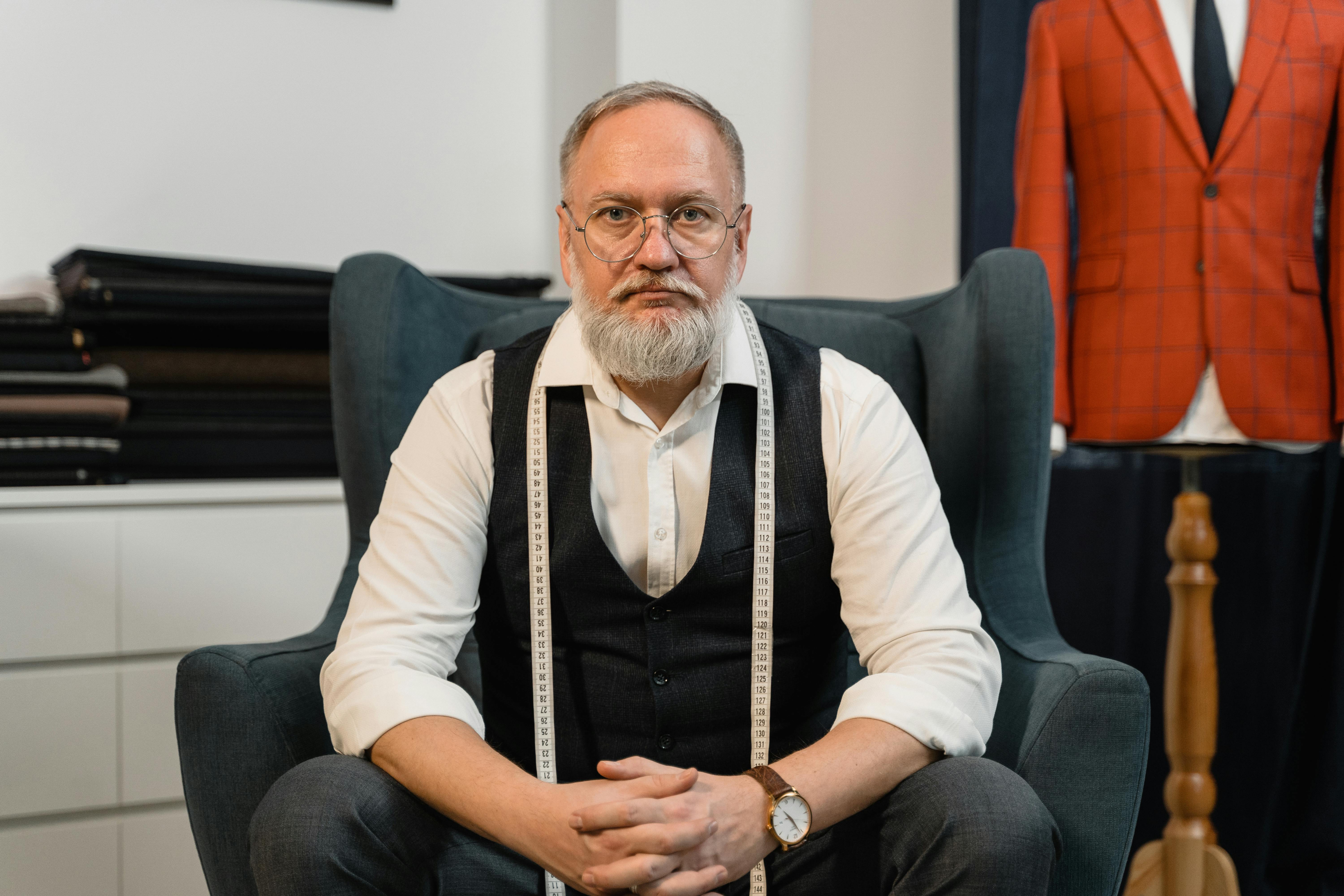I’ve always wanted blonde hair, and since my natural hair color is dark brown, my journey to golden tresses hasn’t been without its challenges. I’ve done my hair both professionally and at home, and at the end of the day, I find that achieving bright blonde hair at home is perfectly possible, but only if you’re willing to put in a lot of time and effort to get the perfect blonde. of a stained orange mess.
So here is my hard-earned advice if you want to go the blonde route.
Choose your shades carefully
Lightening hair away from its natural undertones (warm for golden blondes, cool for ashy blondes) means you may end up having to do a lot of color corrections to fix it. For example, you will need specialized shampoos to remove yellow hair after bleaching. You’ll also need to apply toner to prevent unwanted tanning and maintain the golden tones you’re after.
Generally speaking, ash blondes require more maintenance, as most of the pigment you’ll be removing from your hair is in warm/orange undertones. Minerals and hair products also tend to oxidize hair, creating a brassy hue.
If you’re looking to achieve silver or white hair, you’ll need hair at or as close to level 10 as possible, with no warm undertones. If your hair naturally heats up, this can be a struggle and requires constant maintenance.
Keep your hair healthy
If you decide to dye your hair blonde at home, it’s important to give your hair as much extra TLC as you can, and then some. Bleaching and lightening open the cuticle and remove protein from the hair, which can end up looking and feeling like straw.
Before you go blonde, shop for nourishing oil treatments and deep conditioning masks suitable for blonde hair. To keep damage to a minimum, it’s important to avoid overlapping bleach when covering new growth, so be sure to carefully apply the lightening mixture only to hair that’s not yet at the desired level. Anything beyond two levels above your natural hair color will require heavier maintenance.
Can you go platinum at home?
To be fair, going full platinum with an at-home bleach can be a bit risky for someone who isn’t a professional hairdresser or has been practicing for years. This is because in order to reach level 10 hair, you will need to remove all the pigment from your hair. Next, you’ll need to apply the appropriate blonde toner to achieve your desired final color.
If your hair is naturally dark, that means removing a lot of pigment to neutralize the naturally occurring orange and brassy undertones. Doing this at home usually means having to bleach your hair multiple times because otherwise the damage would be too great.
Hairdressers have products such as Olaplex or L’Oreal Smartbond, which minimize damage and thus allow a more intense lightening. So I wouldn’t recommend it, unless you’re very experienced with bleaching, have very healthy hair, and aren’t risk-averse.
If you’re dying your hair more than 6 levels above your natural color (going from dark brown to light blonde, for example), be careful. Unless your hair is in amazing health before you start, the damage may be too great and you risk getting an unflattering chemical haircut.
Most people who do these types of drastic hair transformations wear their hair in a lob or bob, above the shoulder. This is for a reason, maintaining healthy long bleached hair is incredibly difficult. Natural-looking blonde hair often requires more complex techniques, such as balayage, to add depth and texture to the hair.
Upkeep of blonde hair is significant, but on the plus side, bleaching will make your hair texture look thicker and more interesting, and your hair will become your best accessory. I think everyone should go blonde at least once in their life and try it out.
